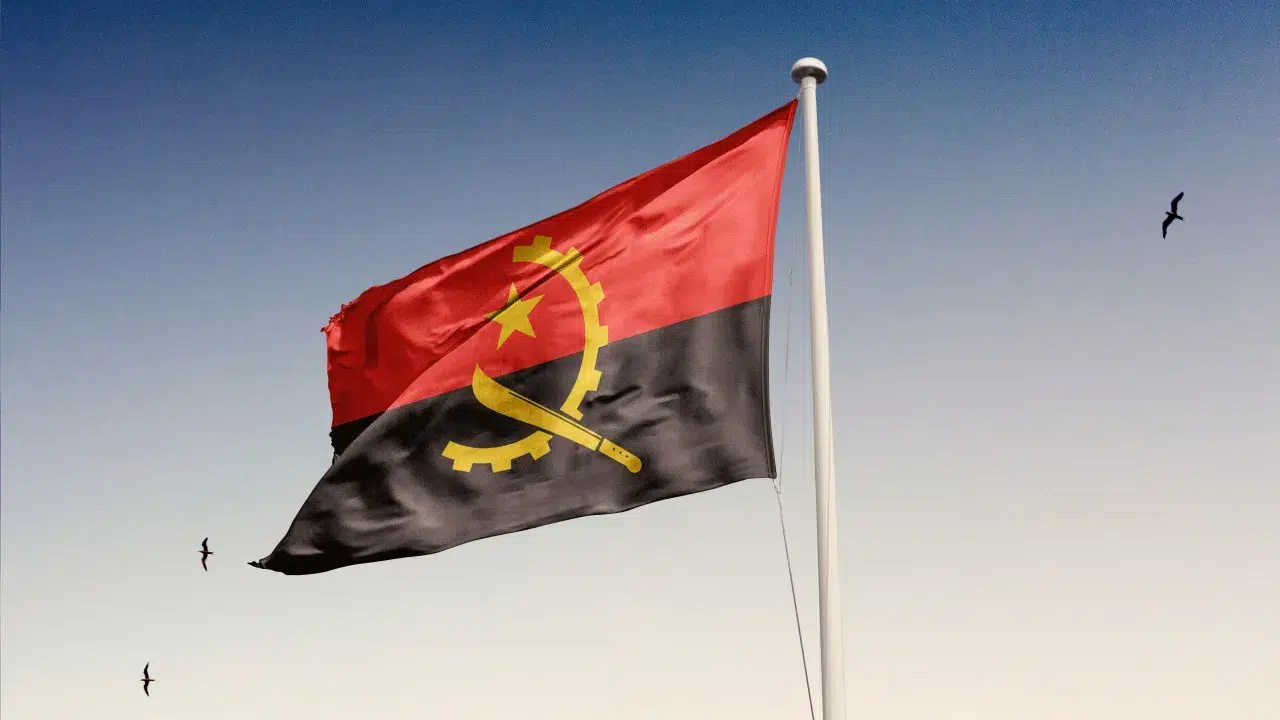
The National Accounts 2015–2024, released last week by Angola’s National Statistics Institute (INE), reveal that gross savings dropped to 15.77% of GDP in 2024, marking the lowest point in the past decade, after peaking at 30.68% in 2018, while the investment rate fell to 10.39%, less than half the value recorded in 2015.
The Angolan economy has shown signs of recovery after years of recession, with GDP at current prices rising from approximately 15.8 trillion kwanzas (15.2 billion euros) in 2015 to 101.9 trillion kwanzas (98 billion euros) in 2024, an average annual growth of 23%.
However, this growth does not account for the accumulated inflation level during this period.
Between 2015 and 2024, GDP experienced significant fluctuations. After a sharp decline of 4.04% in 2020, a recovery began in 2021 at 2.10%, with a growth trend reaching 4.42% in 2024, the highest value during the analyzed period.
The downward trend in gross savings, which accounted for more than 30% of GDP in 2018, was followed by savings as a percentage of disposable income, falling to 16.91% in 2024, nearly half the value recorded six years earlier.
The INE report also indicates that the share of wages in the economy substantially decreased, from 26.48% of GDP in 2015 to 19.46% in 2024, while corporate profits and income of self-employed workers (Gross Operating Surplus and Mixed Income) increased from 71.30% to 77.82%.
Investment also experienced a structural decline, dropping from 28.66% of GDP in 2015 to 10.39% in 2024.
On the other hand, concerning the financing need/capacity, the indicator showed a need for financing between 2015 and 2017. However, from 2018 onwards, there was a net financing capacity, reaching 5.40% in 2024.




